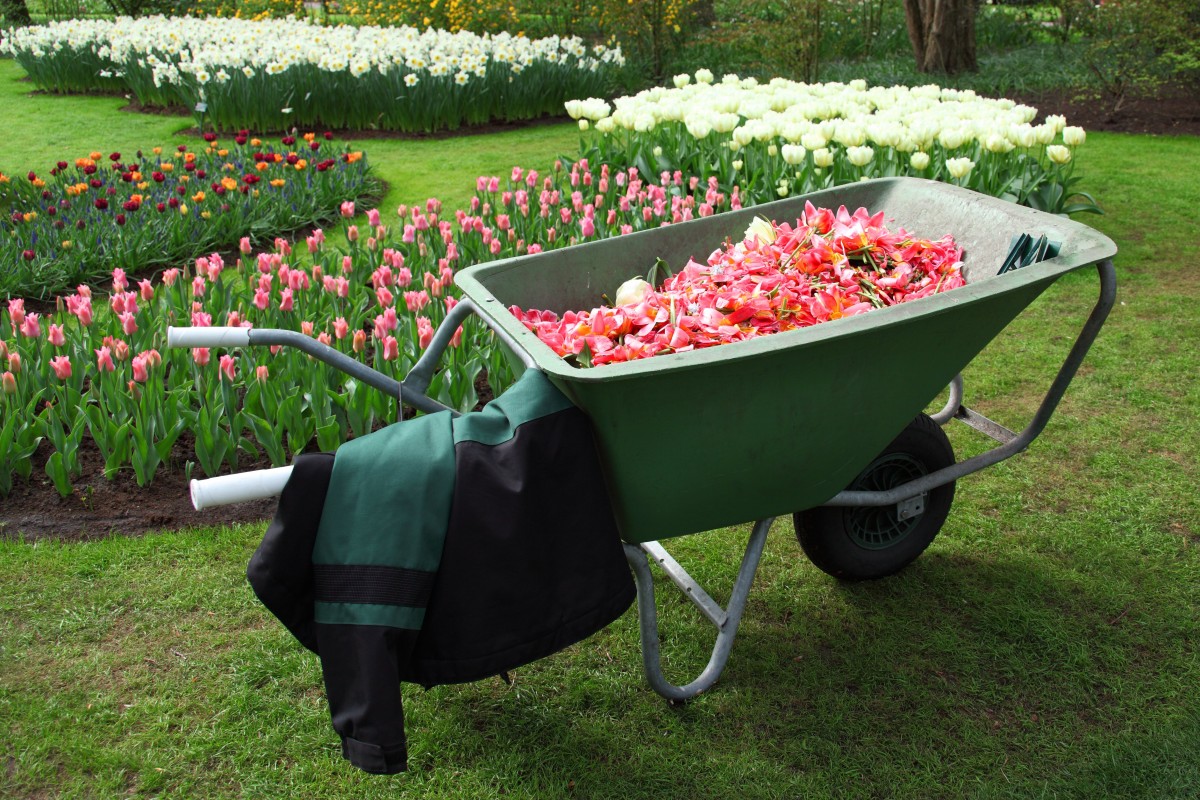Maximize Yields, Companion Planting for Vegetable Gardens

Boost Your Harvest: Mastering Companion Planting for Vegetable Gardens
Ever felt like your vegetable garden could be giving you more? Like there's a secret code to unlocking a bumper harvest? Well, there is! It's called companion planting, and it's not just about cramming plants together. It's about creating a harmonious, productive ecosystem in your garden. Let's dive in!
What's the Deal with Companion Planting?
Imagine your garden as a bustling city. Each plant is a resident, and they all have unique needs and skills. Companion planting is about arranging these residents in a way that benefits everyone. It's like creating a neighborhood watch, but with plants!
The Magic of Plant Synergy
Plants, much like people, have friends and foes. Some plants grow better together, while others hinder each other's growth. When you plant beneficial plants together, they can:
- Improve soil health: Some plants, like legumes, fix nitrogen in the soil, making it richer for their neighbors.
- Deter pests: Certain plants release scents that repel pests, protecting nearby plants.
- Attract pollinators: Flowers can lure bees and butterflies, ensuring your veggies get pollinated.
- Shade and support: Tall plants can provide shade for heat-sensitive veggies, while others can act as natural trellises.
The Art of Garden Layout
Designing your garden layout with companion planting in mind is like painting a masterpiece. Here's a simple layout to get you started:
-
The Three Sisters Method: This Native American technique involves planting corn, beans, and squash together. The corn provides support for the beans, the beans fix nitrogen for the corn, and the squash shades the soil, keeping it cool and moist.
-
Intercropping: This is like planting a diverse neighborhood. Mix fast-growing plants (like lettuce) with slow-growing ones (like tomatoes). By the time the slow growers need space, the fast growers will have been harvested.
-
Succession Planting: This is like having a revolving door of plants. After harvesting a crop, plant something new in its place. For example, after harvesting lettuce, plant carrots, which grow well in the same soil.
Popular Companion Planting Pairs
Here are some beneficial plants that love each other's company:
- Tomatoes and Basil: Basil deters pests like hornworms and repels flies. Plus, they taste great together!
- Carrots and Rosemary: Rosemary improves carrot growth and deters carrot rust fly.
- Cucumbers and Nasturtiums: Nasturtiums attract pests away from cucumbers and improve their growth.
- Potatoes and Marigolds: Marigolds deter potato beetles and improve potato yield.
Companion Planting for Organic Gardening
Companion planting is a key practice in organic gardening. It helps you grow healthier plants with fewer pests and diseases, all while improving your soil. It's a win-win-win!
When to Avoid Companion Planting
While companion planting has many benefits, it's not a one-size-fits-all solution. Avoid planting:
- Competitive plants together (e.g., heavy feeders like corn and light feeders like lettuce).
- Plants with conflicting water needs (e.g., water-thirsty plants like melons and water-wise plants like sage).
- Plants that harm each other (e.g., Brassicas like cabbage and plants from the nightshade family like tomatoes).
Companion Planting: A Work in Progress
Remember, companion planting is a learning process. What works in one garden might not in another. Keep notes, observe your plants, and adjust your strategy as needed.
For more detailed guidance, check out this comprehensive companion planting guide from The Old Farmer's Almanac: https://www.almanac.com/content/companion-planting-guide
Conclusion
Companion planting is more than just a gardening technique; it's a philosophy. It's about understanding plants' needs and creating a harmonious garden ecosystem. So, go ahead, give it a try. Your garden (and your taste buds) will thank you!
FAQs
-
Q: Can I use companion planting in containers? A: Absolutely! Just choose plants with similar needs and space requirements.
-
Q: What if I don't have enough space for companion planting? A: Even a small garden can benefit from companion planting. Focus on plants that grow well together and have similar needs.
-
Q: Can I use companion planting in a greenhouse? A: Yes, many of the same principles apply. Just ensure your plants have enough space and light.
-
Q: How do I know if a plant is a good companion? A: Research the plant's growth habits, pests and diseases it attracts, and its effect on soil health. The more you know about your plants, the better you can pair them.
-
Q: Can I use companion planting with hydroponics? A: While hydroponics doesn't involve soil, you can still choose plants that grow well together and benefit each other's growth in a hydroponic system.
0 Response to " Maximize Yields, Companion Planting for Vegetable Gardens"
Post a Comment